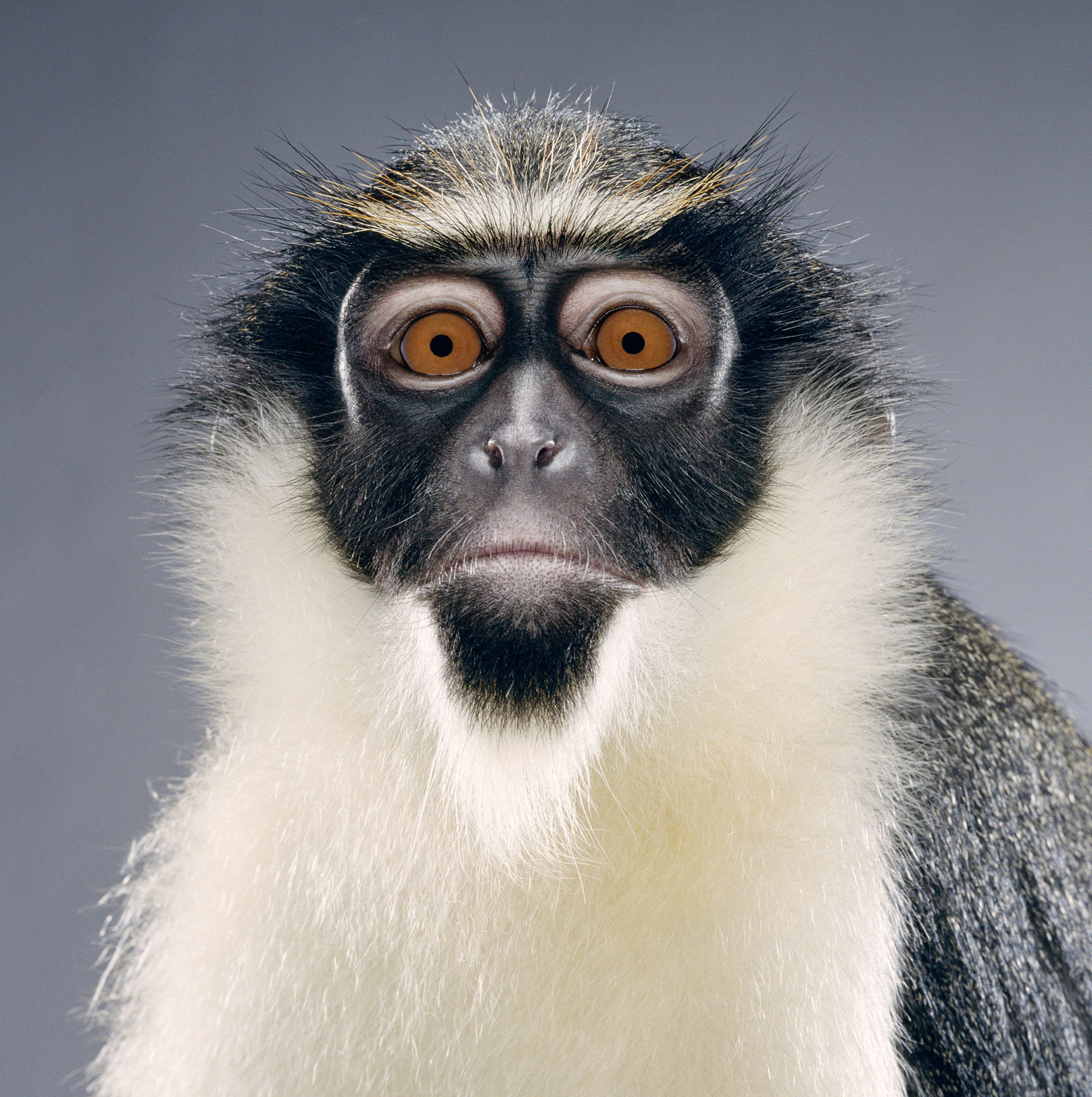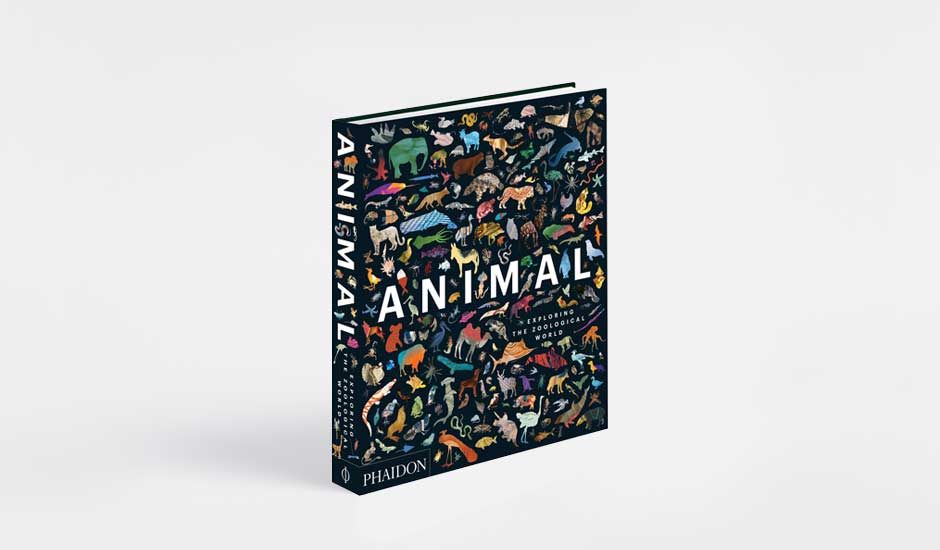
The perfect face for Monkey Day
On 14 December – a day set aside for simian contemplation – we look back at Jill Greenberg’s monkey portrait
The photographer Jill Greenberg took her first monkey portrait about 17 years ago. “I had booked a small white capuchin named Katie for an advertising job,” explains the New York-based photographer over on her site. “She was supposed to be having a tea party with two little girls in a pink room, standing on the table banging pots and wearing pink striped bloomers.”
There was a little spare time at the end of the shoot, so Greenberg also took a portrait of Katie. The photographer wasn’t expecting much from the image, but, as she explains, “when I got the contact sheets back, the images startled and amused me.”
Over the next few years, Greenberg took many more pictures of simian subjects, favouring photographs where the animals “appeared almost human, expressing emotions and using gestures I thought were reserved only for people.”

One such image appears in our new book, Animal: Exploring the Zoological World, and it feels like the perfect one to share today, 14 December, Monkey Day.
The annual event began as an art school joke, but has since developed into a (slightly) more serious consideration of our closest genetic counterparts. “Monkeys are celebrated for their intelligence, a fact reinforced by the defiant but nervous gaze of this hazel-eyed Diana monkey (Cercopithecus diana),” explains our book. “Indeed, the humanness of its stare is what connects us across the boundaries of species.”
Greenberg’s aren’t completely unaltered; the photographer employs a little technical monkey business to get her shots, allowing us to bridge the species gap a little more readily. “She manipulates each image digitally to emphasize this connection,” our book says, “so that ultimately we all become interconnected as living things, inseparable and related.”
To see this image and many more evocative views of the animal kingdom order a copy of Animal here.